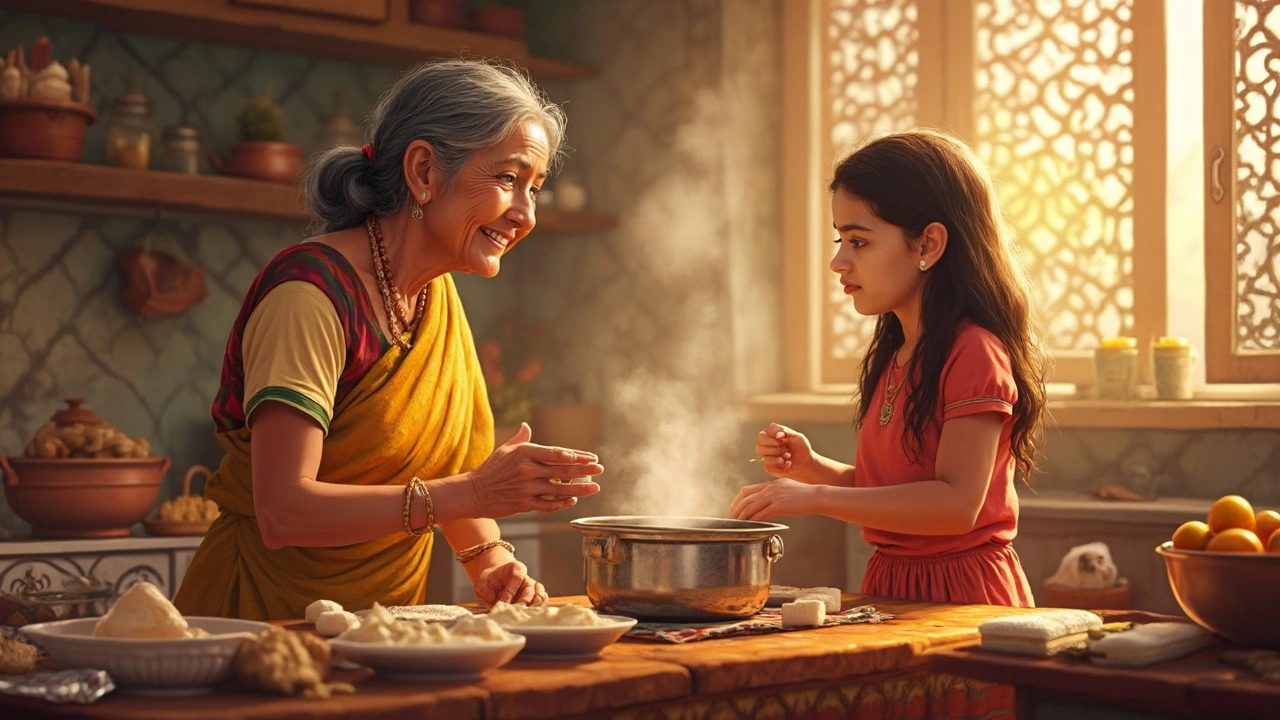Milk Curdling
Milk Curdling, the separation of milk into curds and whey, usually triggered by acid, heat, or bacterial activity. Also known as curdling of dairy, it can affect sauces, batters, and marinades, changing texture and flavor. Yogurt, a fermented dairy product that can both stabilize and cause curdling depending on temperature and pH , Sour Cream, rich in fat and mild acids, often used as a substitute for yogurt but with a similar curdling risk , Fermentation, the process that creates lactic acid, which can trigger curdling if not controlled , and Acidity, the key factor that breaks milk proteins and leads to curd formation .
If you're dealing with milk curdling in your kitchen, here’s the low‑down. First, understand that curdling is a chemical reaction: acidic ingredients + milk = curdling. This means anything that lowers pH—lemon juice, tamarind, or over‑fermented batter—can set off the process. In South Indian cooking, a dosa batter that curdles too early often signals that the fermentation went too far or that the batter was left at a warm spot for too long. Likewise, adding yogurt to a hot curry can cause the sauce to split if the temperature isn’t dialed down first.
The good news is you can control it. Keep the heat moderate when mixing dairy with spices; a quick cool‑down step (like stirring in a cold spoonful of yogurt) stops the protein from tightening. When you want curdling as a feature—think paneer or fresh cheese—use a gentle acid like citric acid and watch the milk turn solid in minutes. For batters, the right water‑to‑rice ratio and a steady fermentation schedule prevent unwanted curdling and give you fluffy dosas. And if you swap yogurt for sour cream in a marinade, remember that the higher fat content in sour cream actually buffers the acid a bit, reducing the curdling chance.
Quick Fixes and Prevention Tips
1. **Control temperature** – never pour cold yogurt into a boiling pot; let the sauce cool to below 80 °C first.
2. **Balance acidity** – add a pinch of sugar or a dash of oil to mellow sharp acids that would otherwise curdle milk.
3. **Use fresh dairy** – old milk already has higher bacterial load, making it prone to sudden curdling.
4. **Watch fermentation time** – a 12‑hour soak for dosa batter is usually enough; longer can over‑acidify and spoil the texture.
With these pointers in mind, you’re ready to spot the signs of curdling early, fix it on the fly, or even harness it when you need that perfect cheese texture. Below you’ll find a curated set of articles that dive deeper into each of these aspects, from dairy substitutes to instant dosa fermentation tricks, so you can keep your meals smooth and delicious.
Why Is My Paneer Not Curdling?
Making paneer at home is satisfying, but it can be frustrating when the milk doesn't curdle as expected. Understanding both the science behind the process and some practical tips can help. This guide explores common obstacles and simple adjustments to ensure your milk curdles perfectly every time. Say goodbye to paneer mishaps with these insights.
Read more